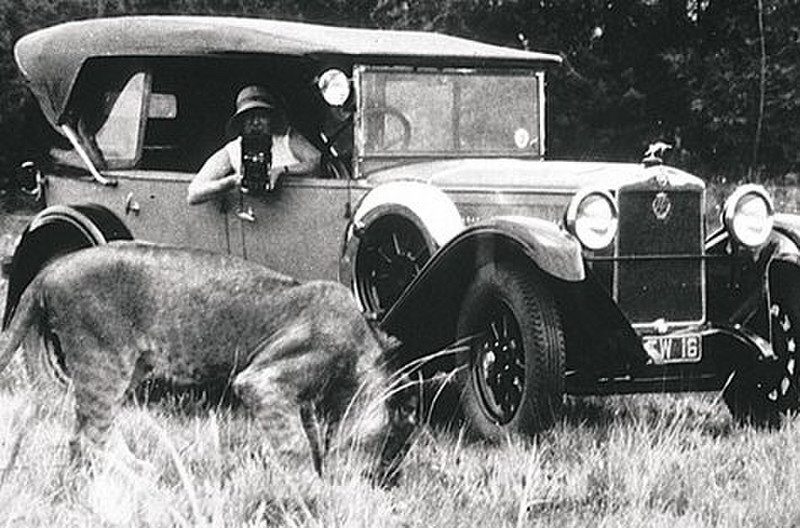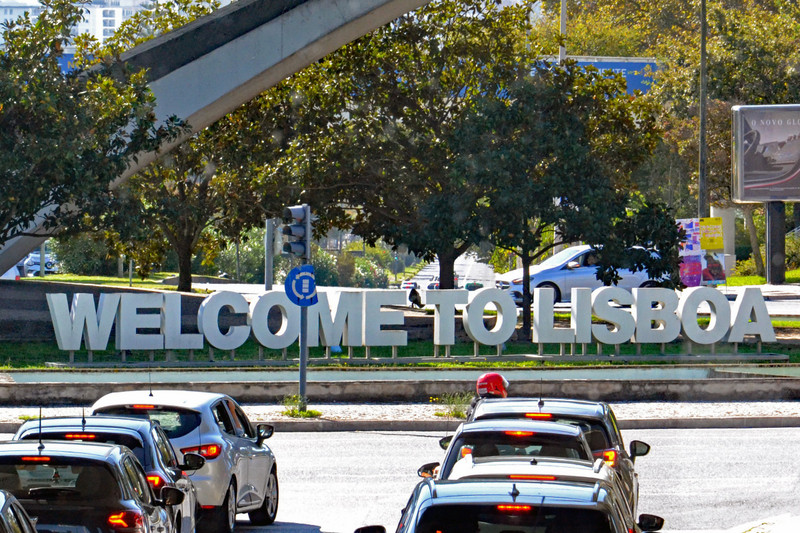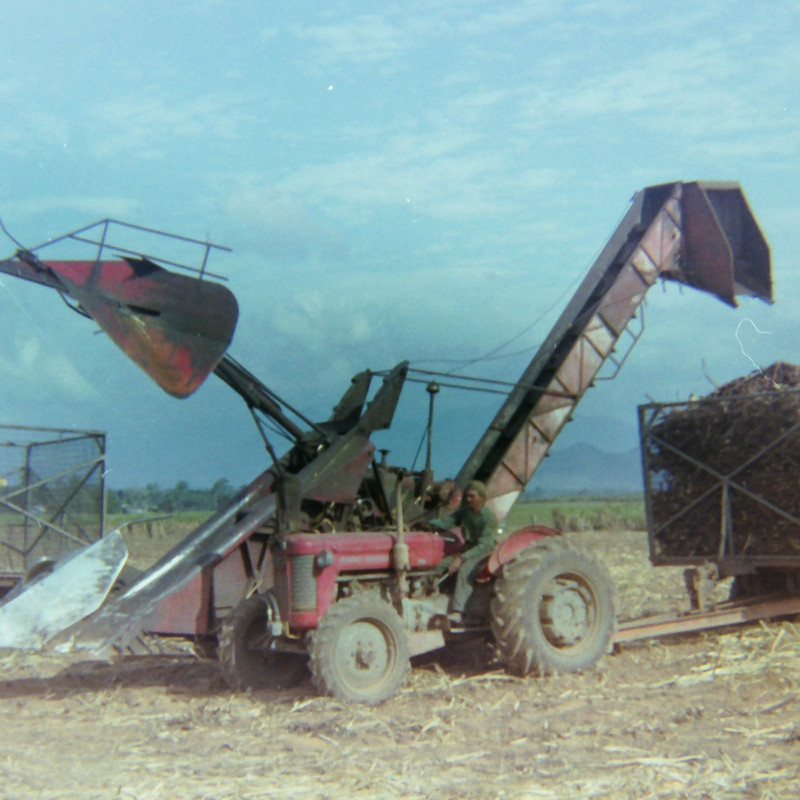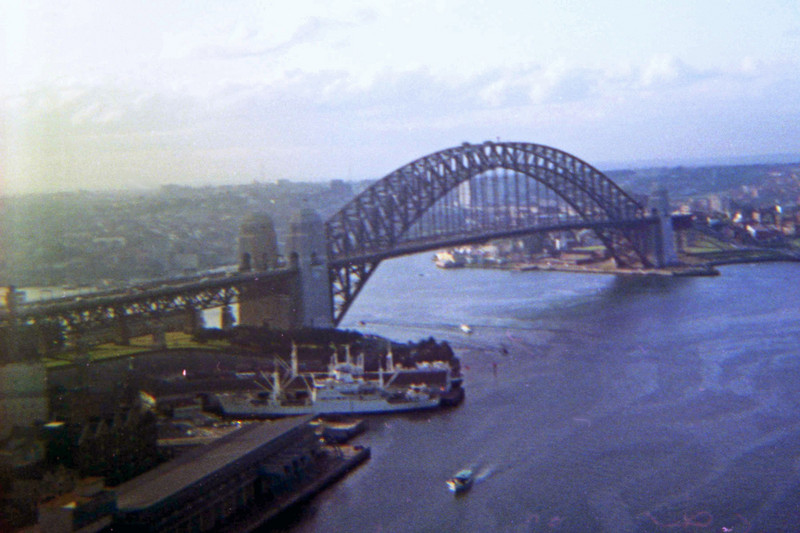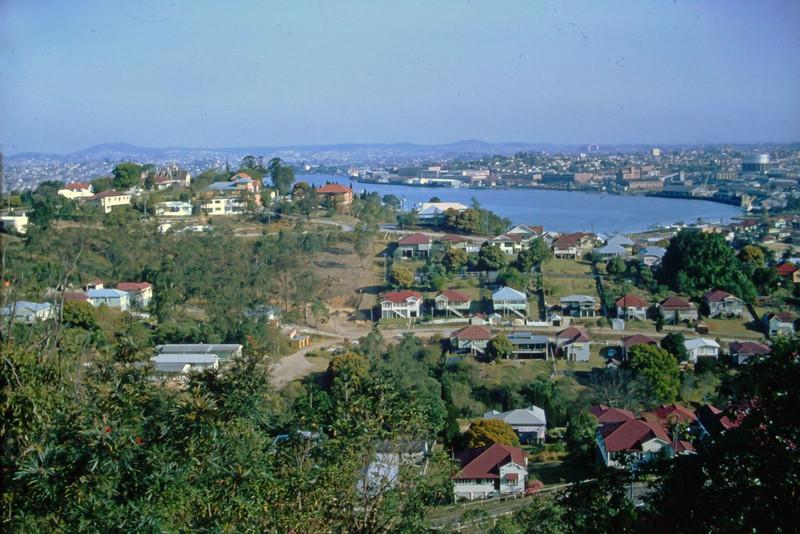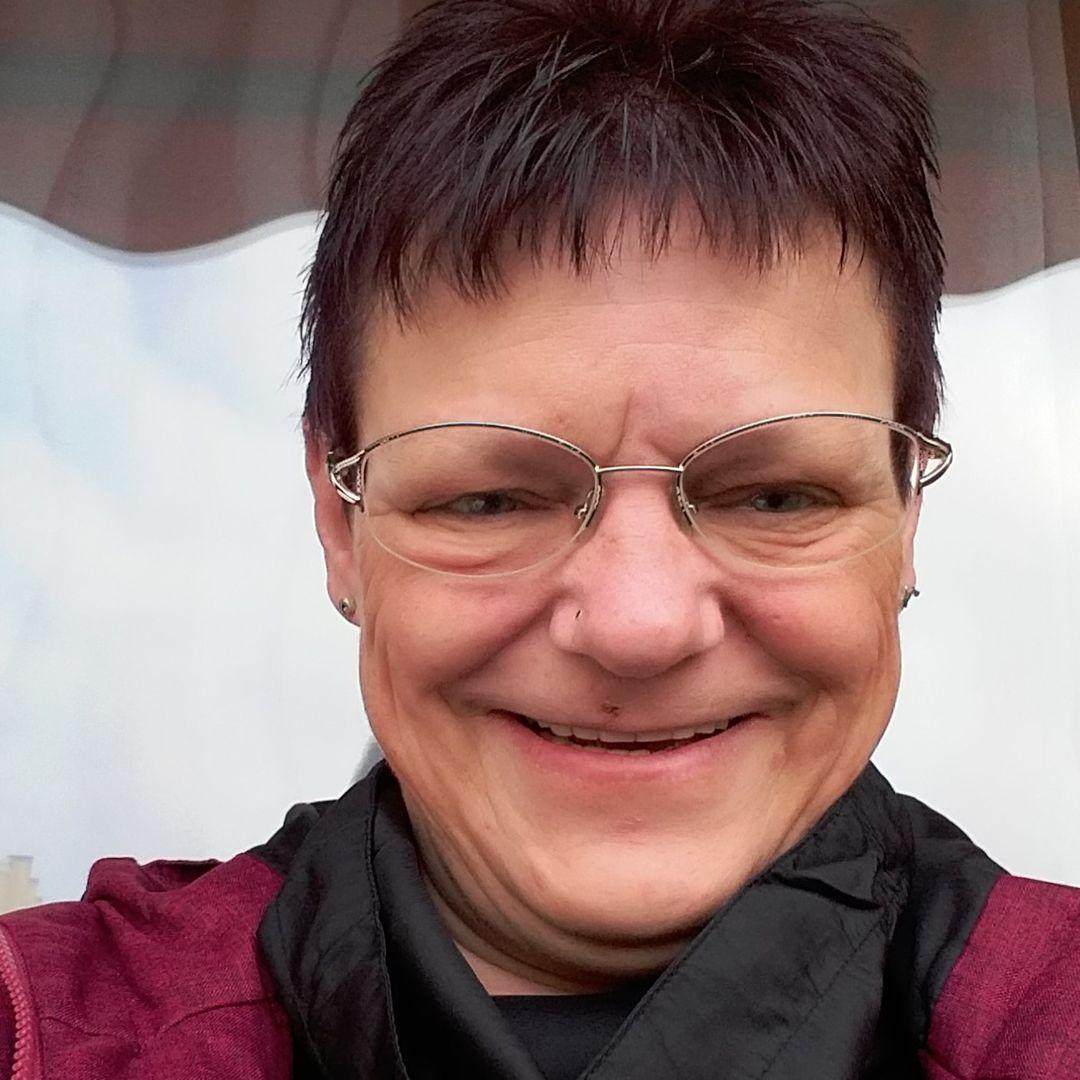Those cameras were heavy to hold and always an element of doubt as to the of the actual photo. CLICK TO ENLARGE
If we dont have a place for nature in our hearts, how can we expect nature to have a place for us. – Abhijit Naskar
has taken its toll on most humans on this planet when one simply factors in the dramatic impact this virus has had on our lifestyles. The sense of being restricted has played out for over a year and a half to date; not being able to travel freely, having to cancel holiday jaunts at short notice due to lock down or vaccine restrictions, being denied simple pleasures like a night out at ones favourite restaurant, fewer family get togethers. And then, in recent months, many of us have aware of people known to us, or our immediate families, losing their lives to this catastrophic virus. The list is lengthy and the impact on humans has been profound.
But, against this back drop of being endlessly cooped up, there are still some undeniable pleasures one can exploit to beat the blues. Top of the list is visiting the Kruger National Park (KNP).
The Bucket List is a movie featuring Morgan Freeman and Jack Nicholson wherein they play terminally ill cancer patients living
it up while they still can. Ones bucket list is loosely defined as a number of experiences or achievements that a person hopes to have or during their lifetime. As one gets older, so the urgency to empty that bucket list increases fairly rapidly!
Along came not quite a terminal disease, but it did elicit a moment of reflection as to the contents of the bucket list and the planning of a top to bottom trip through the Kruger Park kicked in. A definite experience to be achieved mindful of the inexorable tick tock of human life as it inevitably winds down for all.
Sue and I will set off on this upside down adventure on 15th August when we enter the park at Malelane gate and twelve days later, we will exit at the top via the Punda Maria gate. As with all our RV trips internationally in prior years, the rules have been kept as simple as possible; no rushing from one camp to the next, keeping daily travel distances to the minimum, stays at all camps and finally, we have never before visited each of the six camps booked for this sojourn.
Kruger Park fact file. A question worth exploring is; so, what brought this magnificent wildlife park into existence? Going back to the 1800s, this lowveld region of the country was a hunters paradise and, being highly unregulated, these guys shot the hell out of the abundant wildlife found there. Despite being nailed by malaria and sleeping sickness, these hunters just about decimated the stocks of game in the area. To add to this carnage, an outbreak of rinderpest in 1896 killed off thousands of animals. The turning point came in 1898 when the then President of the Transvaal Boer Republic, Paul Kruger, proclaimed the Sabie Game Reserve, a large 4,600 square km area between the Crocodile and Sabie Rivers. Not unsurprisingly, the private landowners and hunters were seriously pissed off. Despite this backlash, Oom Paul showed some real backbone and then proclaimed a second reserve between the Shingwedzi and Luvuvhu Rivers. We can be truly thankful for the courage and foresight of this individual and those who backed him at the time. It was only in 1902, after the end of the War, that James was appointed head ranger of both reserves. He and his hardy bunch
of rangers set about creating the environment needed for the animals there to revive and flourish. He set about removing people from the demarcated area and in the process earned himself the nickname Skukuza (he who sweeps clean). He had to battle sheep farmers and miners who all thought they had a prior claim to the land. All his hard work bore fruit in 1926 when the two reserves were merged, farms in the area were bought and it was all consolidated to form the Kruger National Park. Within a decade 3,600 kms of roads had ben built and several camps established.
